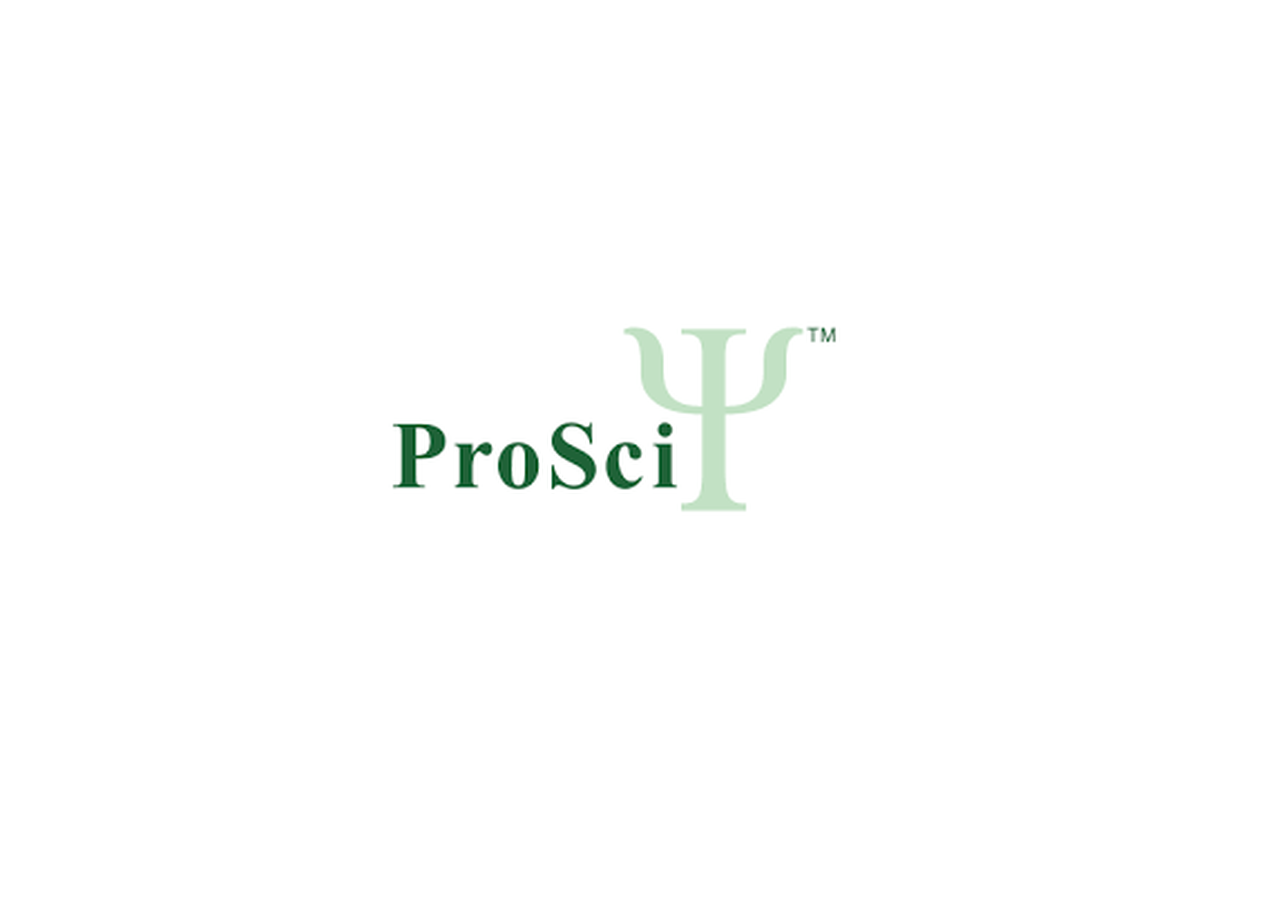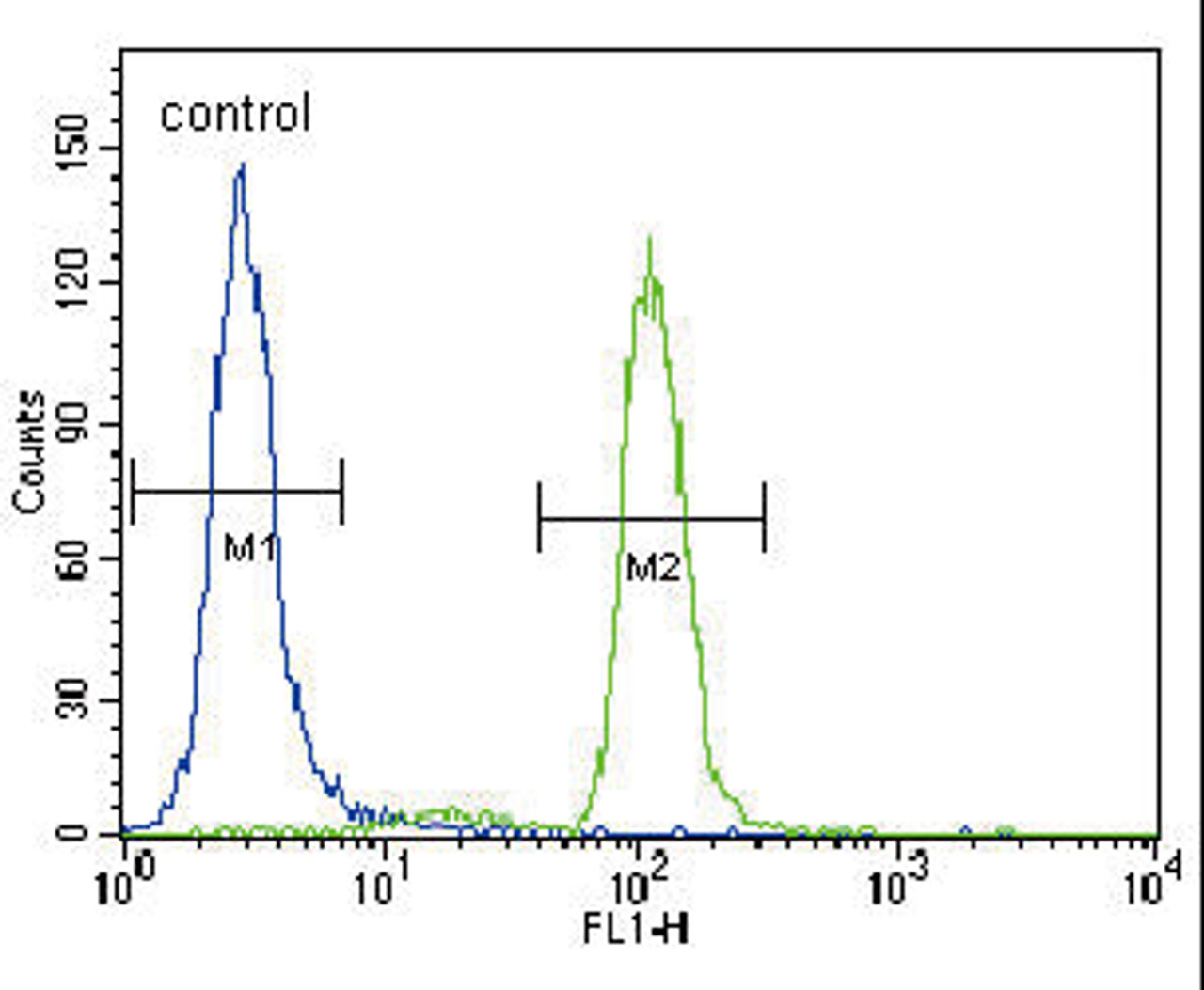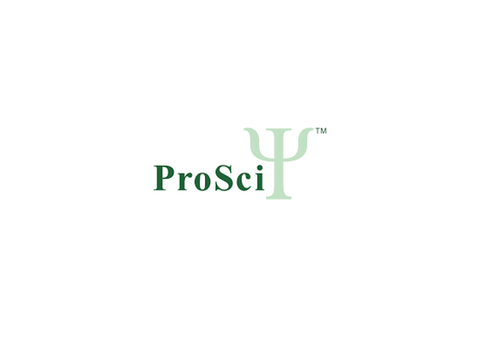Product Description
PI3KCA Antibody | 63-342 | ProSci
Host: Rabbit
Reactivity: Human
Homology: Predicted species reactivity based on immunogen sequence: Bovine
Immunogen: This PI3KCA antibody is generated from rabbits immunized with a KLH conjugated synthetic peptide between 1019-1050 amino acids from the C-terminal region of human PI3KCA.
Research Area: Cancer, Immunology, Signal Transduction
Tested Application: WB, IHC-P, Flow
Application: For WB starting dilution is: 1:1000
For FACS starting dilution is: 1:10~50
For IHC-P starting dilution is: 1:50~100
Specificiy: N/A
Positive Control 1: N/A
Positive Control 2: N/A
Positive Control 3: N/A
Positive Control 4: N/A
Positive Control 5: N/A
Positive Control 6: N/A
Molecular Weight: 124 kDa
Validation: N/A
Isoform: N/A
Purification: This antibody is prepared by Saturated Ammonium Sulfate (SAS) precipitation followed by dialysis
Clonality: Polyclonal
Clone: N/A
Isotype: Rabbit Ig
Conjugate: Unconjugated
Physical State: Liquid
Buffer: Supplied in PBS with 0.09% (W/V) sodium azide.
Concentration: batch dependent
Storage Condition: Store at 4˚C for three months and -20˚C, stable for up to one year. As with all antibodies care should be taken to avoid repeated freeze thaw cycles. Antibodies should not be exposed to prolonged high temperatures.
Alternate Name: Phosphatidylinositol 4, 5-bisphosphate 3-kinase catalytic subunit alpha isoform, PI3-kinase subunit alpha, PI3K-alpha, PI3Kalpha, PtdIns-3-kinase subunit alpha, Phosphatidylinositol 4, 5-bisphosphate 3-kinase 110 kDa catalytic subunit alpha, PtdIns-3-kinase subunit p110-alpha, p110alpha, Phosphoinositide-3-kinase catalytic alpha polypeptide, Serine/threonine protein kinase PIK3CA, PIK3CA
User Note: Optimal dilutions for each application to be determined by the researcher.
BACKGROUND: Phosphatidylinositol 3-kinase is composed of an 85 kDa regulatory subunit and a 110 kDa catalytic subunit. This protein represents the catalytic subunit, which uses ATP to phosphorylate PtdIns, PtdIns4P and PtdIns (4, 5) P2. PI3KCA has been found to be oncogenic and has been implicated in cervical cancers.
 Euro
Euro
 USD
USD
 British Pound
British Pound
 NULL
NULL








![PI3KCA Antibody (Center) [APR30526G] PI3KCA Antibody (Center) [APR30526G]](https://cdn11.bigcommerce.com/s-452hpg8iuh/images/stencil/500x659/products/870771/1162838/logo__92149.1659788186__42138.1659866870.png?c=2)
![PI3KCA Antibody (C-term) [APR06051G] PI3KCA Antibody (C-term) [APR06051G]](https://cdn11.bigcommerce.com/s-452hpg8iuh/images/stencil/500x659/products/868456/1160523/logo__92149.1659788186__10704.1659864385.png?c=2)


